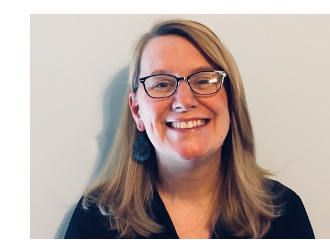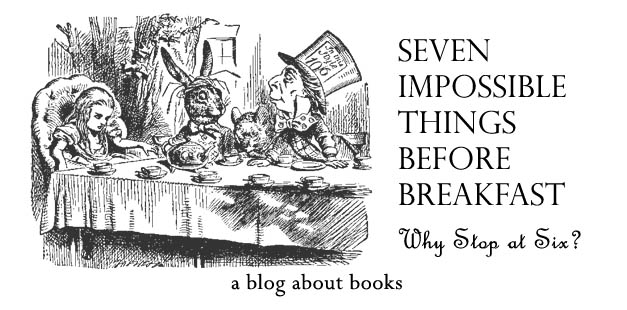

Today, illustrator Rob Dunlavey visits to talk about illustrating David Elliott’s In the Woods (Candlewick, April 2020), a poetry collection that explores 15 creatures in their woodland habitats–from little (the millipede) to large (the moose). Elliott kicks things off with the bear and wraps it all up, gracefully, with the deer. In between, there’s awe, humor, and always keen observation in these short, exquisitely crafted poems. Rob’s illustrations eloquently capture the light and shadows of these homes in the woods, and today, he talks about the creation of some of these spreads.
I thank him for visiting. Let’s get to it.
***
Rob: In the Woods started life, for me, almost exactly three years ago in March 2017.
Through my agents Elena Giovinazzo and Holly McGhee at Pippin Properties, Inc., I was introduced to the work of poet and author David Elliott. Candlewick Press has published themed picture book collections of his poems, such as In the Sea, In the Wild, On the Farm, On the Wing, and In the Past. I felt I would be stepping into big shoes, because many titles in the series had been illustrated by Holly Meade. (Here is her obituary.) I have vivid memories of reading Hush (by Minfong Ho) to my daughters when they were little. Holly won a Caldecott Honor for her cut-paper illustrations for Hush.

In the Woods includes fifteen poems about familiar woodland animals, such as the black bear, moose, beaver, raccoon, red fox, and less-familiar creatures, including paper wasps, scarlet tanagers, the fisher cat, and millipedes. Many of these creatures live in Massachusetts, so I felt on solid ground and looked forward to artistically showing my love and regard for these animals. As you know, I sketch the landscape and animals that I see in my daily walks (“Observations”), so with that confidence I felt this was a project that could be a personal celebration in all its phases.
As for the manuscript, it was clear that each poem would have its own spread so that designing the book would be very straightforward. This wasn’t the case. As I read and re-read the poems and deployed them in early dummies, I determined that by rearranging the order, I could create a narrative flow that suggested the distinct seasons of New England. The title page spread shows a forest in late winter: Snow lingers in shaded places, but a small stream flows in the foreground and a deer is silhouetted in the moist morning air. We turn the pages and follow the year.
The bear, its tummy grumbling, sniffs that air and surveys the intimate hillside outside its den. A resourceful red fox vixen follows the furtive sounds of mice and squirrels in the cold shadows. Early flowers bloom (“ … Huzzah! The cowslip is blooming”), as a busy mother opossum Ubers her offspring down a muddy path. As the forest world wakes up, skunks forage for grubs in the yard of a suburban cabin and a nocturnal porcupine shuffles to safety as the sun sets later in the evening as summer approaches. Animals big and small get busy building homes (The Hornet, The Beaver) and raising young (The Moose and The Wild Turkey). Too soon, autumn is here and winter is coming. In early winter, a pair of raccoons recognize the smell of snow, and a flock of deer drift and dance across a forest clearing, only to vanish in a swirl of snow flurries.
The endpapers get into the act with a muddy green colorway in the front of the book that is followed by drier, rusty hues at the back. I’m so glad that the book’s designer and creative director Heather McGee allowed me to “own” the text and suggest these changes. The relationship with Candlewick has been supportive and creative throughout. It was interesting to learn that they were occasionally sharing my work with David Elliott, who shared his enthusiasm with me.
Here are examples that show how a few of the illustrations evolved:

Digital sketch of The Bear (Click image to enlarge)

Pencil with digital paint (Click image to enlarge)

Final illustration in mixed media: “The shadow stirs/in its musky den. …”. (Click image to enlarge and read text in its entirety)
The final illustrations were painted at full size (21 x 12”), using a mix of watercolor, ink, pastel, colored pencil and collage.
The Bobcat illustration took several tries. Here is my original digital sketch accentuates the spotted fur of the cat as it leaps in the snow. So far, so good. Kind of different.

(Click image to enlarge)
This is the pencil sketch with Photoshop color. Now we see the rabbit being chased.

(Click image to enlarge)
The final illustration was mixed media with digital additions.

(Click image to enlarge)
At this point, I was asked to create a different sketch that included the bobcat’s “amber eyes.” I looked at scores of photos and videos of bobcats, but when I started sketching, they always looked like house cats!

The face just wasn’t working. Here’s a detail:

I finally got a digital sketch that seemed like it would work. Candlewick agreed!

I was pleased with the final final (mixed media):

“Those tufted ears, the amber eyes,/that ambushed second of surprise/when the bobcat leaps!/The silent spring, the empty space,/and all the world is spotted grace/when the bobcat leaps!” (Click image, which is sans text, to enlarge)
I love David’s poem for the raccoon, which suggests that animals we frequently cross paths with have similar concerns as humans:
“The RACCOON”
The Powhatan
call you aroughcun,
“the one who scratches
with its hands.”
But the eyes behind
the mask reveal
“the one who understands.”
This spread was re-painted and adapted (in summer’s finery) for the jacket:

(Click image to enlarge)
The second raccoon would have been bent around the spine, so I left it out but added a canoe paddled by my daughters in the distance:

(Click image to enlarge)
Here [again] is the final cover (mixed media and digital):

(Click cover to enlarge)
Here’s my work in progress:

(Click to enlarge)
***
IN THE WOODS. Text copyright © 2020 by David Elliott. Illustrations copyright © 2020 by Rob Dunlavey and reproduced by permission of the publisher, Candlewick Press, Somerville, MA. All other images reproduced by permission of Rob Dunlavey.

Julie Davidson (Jules) conducts interviews and features of authors and illustrators at her acclaimed blog, Seven Impossible Things Before Breakfast, a children’s literature blog primarily focused on illustration and picture books. The above blog was posted at 7-Imp on March 20, 2020.


